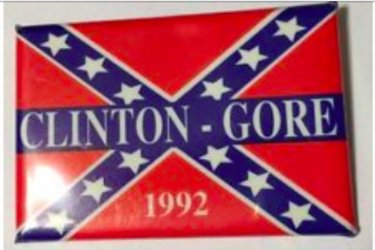guno
Gold Member
- Banned
- #1
They think people don't notice.
All of a sudden, Republican presidential candidates found a position on the Confederate flag Monday.
In the days after the racially-motivated massacre of nine African-Americans at a church in Charleston, many of the GOP candidates tried to skirt the issue of the Confederate flag -- calling for prayer, a time for grieving, and support for the families of the nine victims. In some cases, they chided reporters for bringing up "politics" at such a sensitive time.
But within seconds of South Carolina Gov. Nikki Haley's statement that South Carolina should honor its heritage but remove the flag from state grounds -- and her pledge to use her authority to force the legislature to deal with the issue this summer -- the candidates dispensed with their maneuvering and articulated clearer positions on the flag.
2016ers embrace Confederate flag removal after hedging - CNNPolitics.com
All of a sudden, Republican presidential candidates found a position on the Confederate flag Monday.
In the days after the racially-motivated massacre of nine African-Americans at a church in Charleston, many of the GOP candidates tried to skirt the issue of the Confederate flag -- calling for prayer, a time for grieving, and support for the families of the nine victims. In some cases, they chided reporters for bringing up "politics" at such a sensitive time.
But within seconds of South Carolina Gov. Nikki Haley's statement that South Carolina should honor its heritage but remove the flag from state grounds -- and her pledge to use her authority to force the legislature to deal with the issue this summer -- the candidates dispensed with their maneuvering and articulated clearer positions on the flag.
2016ers embrace Confederate flag removal after hedging - CNNPolitics.com

